How to Create a Hummingbird-Friendly Garden with Nectar-Rich Plants
If you’re a bird lover, you probably know how fascinating it is to watch hummingbirds in your garden. These tiny creatures are not only beautiful but also important pollinators. To attract hummingbirds to your garden, you need to create a habitat that provides food, shelter, and nesting sites. One of the best ways to do this is by planting nectar-rich plants that hummingbirds love.
The Benefits of a Hummingbird-Friendly Garden
Creating a hummingbird-friendly garden is not only beneficial for the birds but also for your garden. Hummingbirds are excellent pollinators, and they can help your plants produce more fruits and vegetables. Additionally, watching these birds in your garden can be a source of relaxation and joy.
Choosing the Right Plants
When selecting plants for your hummingbird garden, it’s important to choose those that are rich in nectar and have bright, tubular flowers. Some of the best plants for hummingbirds include bee balm, cardinal flower, columbine, and trumpet vine. You should also consider planting shrubs and trees that provide shelter and nesting sites for the birds.
Creating a Habitat
In addition to planting nectar-rich plants, you should also provide hummingbirds with a habitat that meets their needs. This includes providing a water source, such as a bird bath or fountain, and avoiding the use of pesticides and herbicides in your garden. You should also keep your garden clean and free of debris to prevent the spread of disease.
Conclusion
Creating a hummingbird-friendly garden is a fun and rewarding project that can benefit both the birds and your garden. By planting nectar-rich plants and providing a habitat that meets their needs, you can attract these beautiful creatures to your garden and enjoy their presence for years to come.
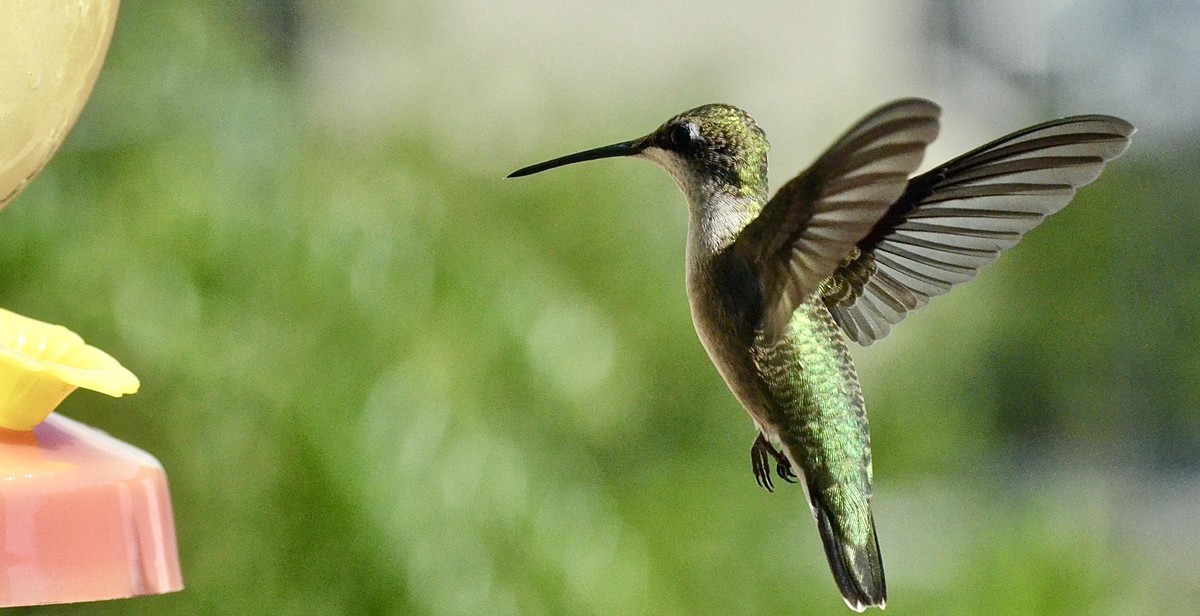
Understanding Hummingbirds
Hummingbirds are small, colorful birds that are known for their unique ability to hover in mid-air by flapping their wings rapidly. They are found only in the Americas, from Alaska to Tierra del Fuego, and are a popular sight in gardens and backyards.
Physical Characteristics
Hummingbirds are the smallest birds in the world, with some species measuring only 3 inches long and weighing less than a penny. They have a unique physical appearance, with iridescent feathers that reflect different colors depending on the light. Most species have a long, thin beak that is perfectly adapted for sipping nectar from flowers.
Hummingbirds are also known for their incredible flight abilities. They can fly forwards, backwards, and even upside down. Their wings can flap up to 80 times per second, allowing them to hover in mid-air and maneuver through tight spaces with ease.
Behavioral Patterns
Hummingbirds are highly active birds that spend most of their day in search of nectar-rich flowers. They have a high metabolism and need to eat frequently to maintain their energy levels. In addition to nectar, they also eat insects and spiders for protein.
Hummingbirds are solitary birds and are known to be very territorial. They will fiercely defend their feeding and nesting areas from other birds and animals. However, during the breeding season, males will perform elaborate courtship displays to attract females.
Hummingbirds are migratory birds and will travel long distances to reach their breeding and wintering grounds. Some species can fly up to 2,000 miles non-stop across the Gulf of Mexico during migration.
| Family | Trochilidae |
| Size | 2-5 inches |
| Wingspan | 3-8 inches |
| Diet | Nectar, insects, spiders |
| Habitat | Forests, meadows, gardens |
| Lifespan | 3-5 years |
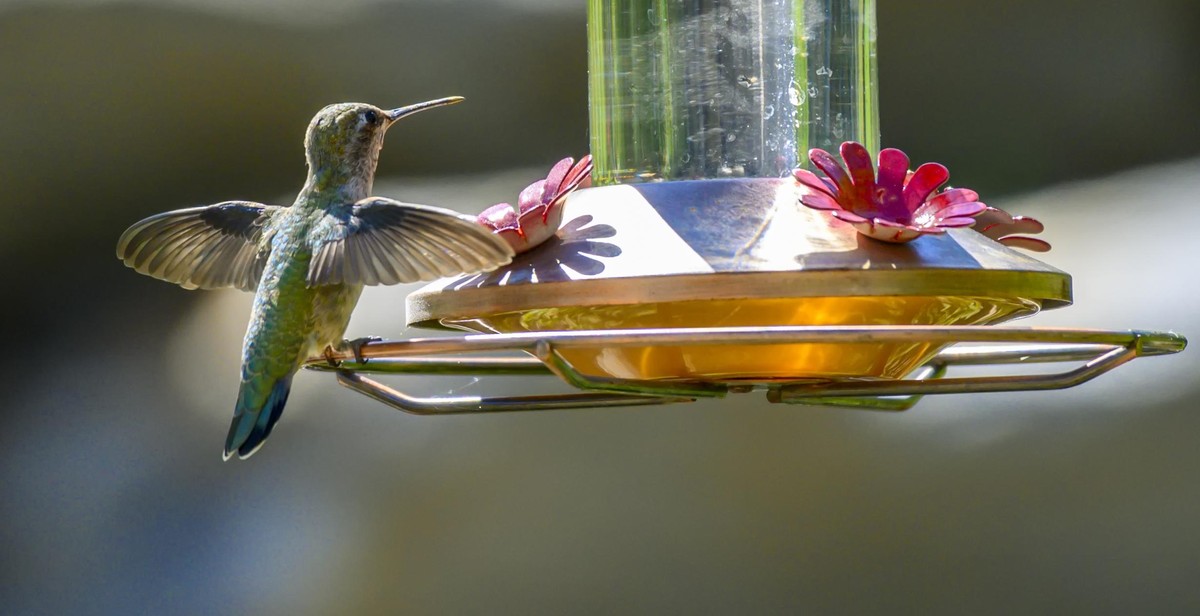
Benefits of Creating a Hummingbird-Friendly Garden
Creating a hummingbird-friendly garden has numerous benefits, both for the birds and for your garden. Here are some of the benefits:
1. Attracting Hummingbirds
By planting nectar-rich plants and providing a habitat that hummingbirds love, you can attract these beautiful birds to your garden. Hummingbirds are fascinating to watch as they flit from flower to flower, and they can add a vibrant and lively element to your garden.
2. Pollination
Hummingbirds are important pollinators, and by attracting them to your garden, you can help ensure that your plants are pollinated. This can lead to healthier plants and better yields of fruits and vegetables.
3. Pest Control
Hummingbirds are also natural pest controllers. They feed on insects such as aphids, whiteflies, and gnats, which can damage your plants. By attracting hummingbirds to your garden, you can help control these pests without the use of harmful pesticides.
4. Education
Creating a hummingbird-friendly garden can also be a great educational opportunity for children and adults alike. By learning about the habitat and feeding habits of hummingbirds, you can gain a greater appreciation for these amazing birds and the role they play in the ecosystem.
5. Aesthetic Appeal
Finally, a hummingbird-friendly garden can add beauty and aesthetic appeal to your outdoor space. Nectar-rich plants come in a variety of colors and sizes, and can add texture and interest to your garden. Additionally, the presence of hummingbirds can add a lively and dynamic element to your garden design.
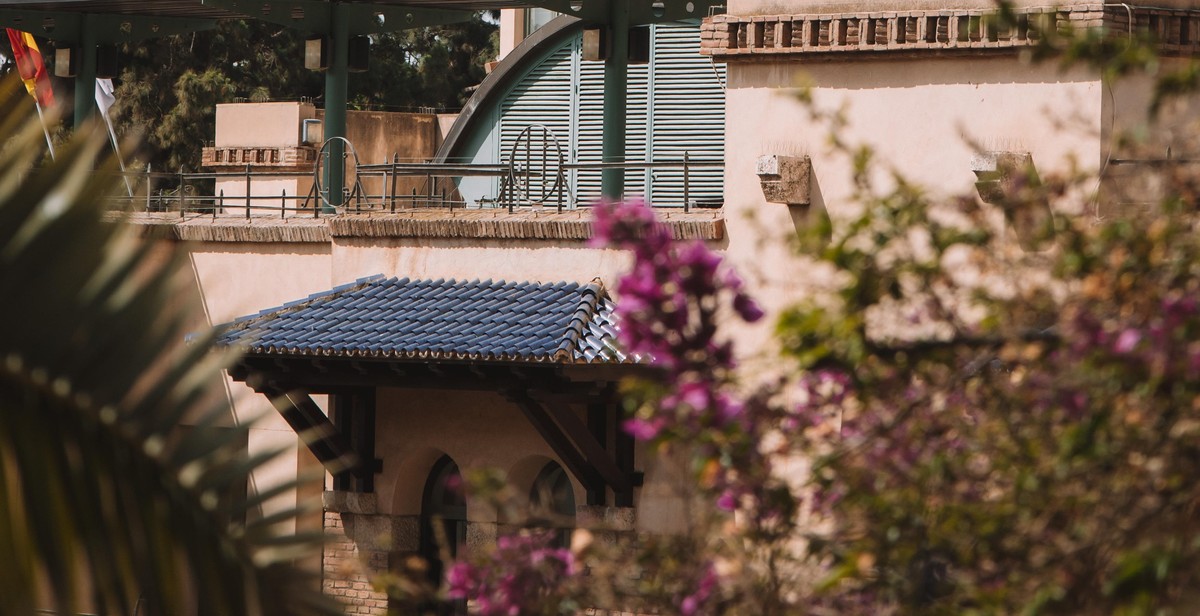
Creating a Hummingbird-Friendly Garden
Hummingbirds are fascinating creatures that can add beauty and excitement to any garden. If you want to attract these delightful birds to your garden, you need to create a hummingbird-friendly environment. Here are some tips on how to create a hummingbird-friendly garden with nectar-rich plants.
Choosing the Right Plants
The first step in creating a hummingbird-friendly garden is to choose the right plants. Hummingbirds are attracted to bright colors, especially red, orange, and pink. They are also attracted to flowers with tubular shapes that are easy for them to access with their long beaks.
Some of the best nectar-rich plants for hummingbirds include:
- Salvia
- Fuchsia
- Penstemon
- Honeysuckle
- Trumpet Vine
- Bee Balm
These plants are easy to find at your local nursery or garden center. Make sure to choose plants that are native to your area, as they will be better adapted to the local climate and soil.
Planting
When planting your nectar-rich plants, make sure to group them together in a sunny location. This will make it easier for hummingbirds to find them. You can also plant them near a window or patio where you can watch the birds while they feed.
It’s important to space your plants properly, according to their mature size. This will ensure that they have enough room to grow and won’t become overcrowded. You can also add a trellis or other support structure for vines and climbing plants.
Maintenance Tips
Once your hummingbird-friendly garden is established, it’s important to maintain it properly. This includes regular watering, fertilizing, and pruning. Deadheading spent flowers will also encourage your plants to produce more blooms.
It’s also important to keep your garden free of pesticides and other harmful chemicals. Hummingbirds are sensitive to toxins and can be harmed by exposure to pesticides and other chemicals.
| Tip | Benefit |
|---|---|
| Provide a water source | Hummingbirds need water for drinking and bathing |
| Install a hummingbird feeder | Feeding hummingbirds with a nectar solution can supplement their diet |
| Plant a variety of flowers | Different flowers bloom at different times, providing a continuous food source for hummingbirds |
By following these tips, you can create a hummingbird-friendly garden that will attract these amazing birds and provide them with a safe and healthy environment.
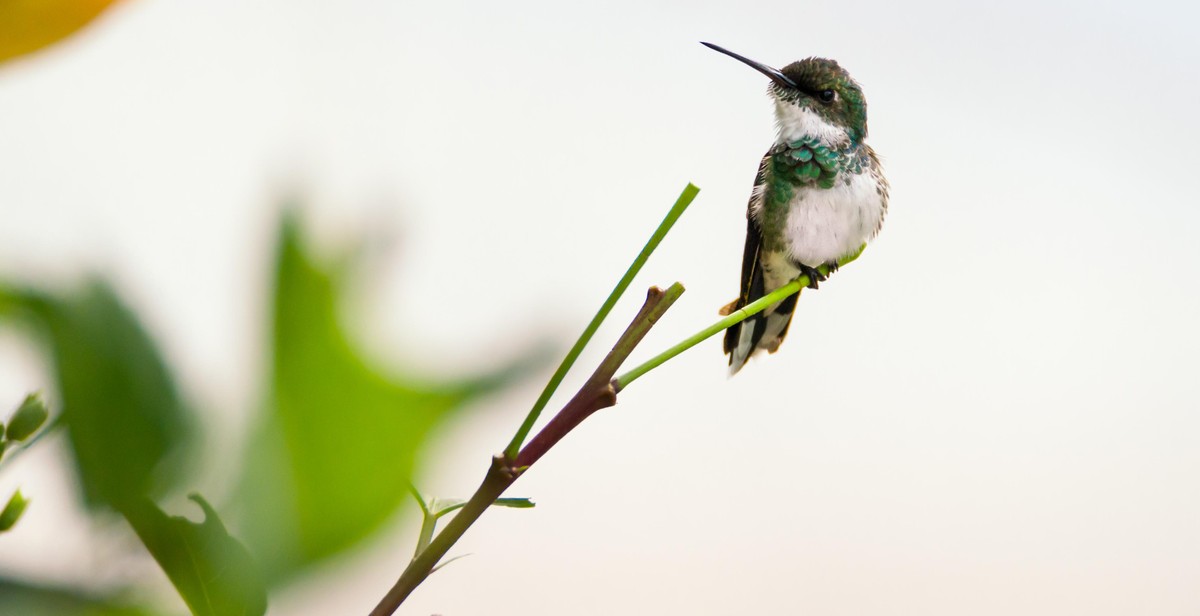
Other Ways to Attract Hummingbirds
While planting nectar-rich flowers is the primary way to attract hummingbirds to your garden, there are other ways to make your outdoor space more welcoming to these tiny creatures. Here are two additional strategies:
Adding Water Features
Hummingbirds need to drink water just like any other bird, but they are also attracted to the sound and movement of water. Adding a water feature to your garden, such as a fountain or birdbath, can help attract hummingbirds. Make sure the water is shallow, as hummingbirds prefer to bathe in shallow water. You can also add a mister or dripper to the water feature to create a fine mist that hummingbirds will fly through to cool off.
Providing Nesting Materials
Hummingbirds build tiny nests using materials they find in their environment, such as spider webs, moss, and plant fibers. You can attract hummingbirds to your garden by providing nesting materials, such as cotton, string, and small twigs. Hang a small basket filled with these materials near your nectar-rich flowers to encourage hummingbirds to build their nests nearby.
By incorporating these strategies into your garden, you can create a hummingbird-friendly environment that will attract these fascinating birds to your outdoor space.
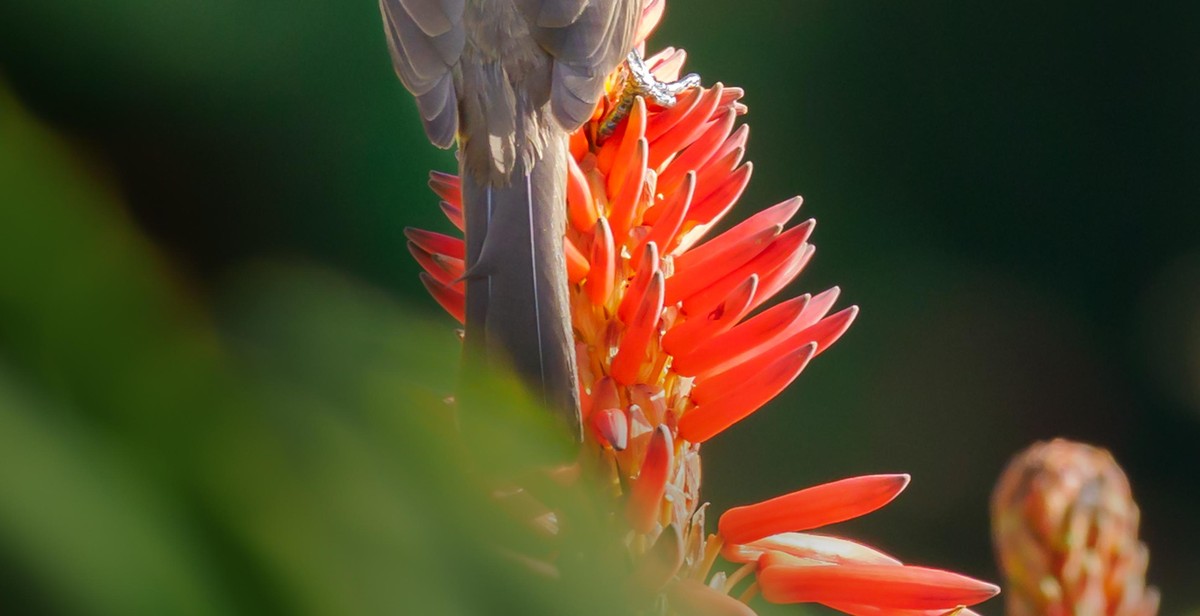
Conclusion:
In conclusion, creating a hummingbird-friendly garden with nectar-rich plants is not only beneficial to the birds but also to the environment. Hummingbirds are important pollinators, and their presence in your garden can help ensure the health and diversity of your plants. By following the tips outlined in this article, you can create a garden that is attractive and welcoming to these beautiful birds.
Remember to choose a variety of plants that bloom at different times throughout the year, as this will provide a continuous source of nectar for the hummingbirds. It’s also important to provide a water source and shelter for the birds, such as trees or shrubs.
When selecting plants for your garden, consider native species that are adapted to your local climate and soil conditions. These plants will require less maintenance and be more resilient to pests and diseases.
Finally, be patient and enjoy the process of creating your hummingbird-friendly garden. With a little bit of effort and care, you can create a beautiful and thriving garden that attracts these fascinating birds.
| Key takeaways: |
|---|
|
